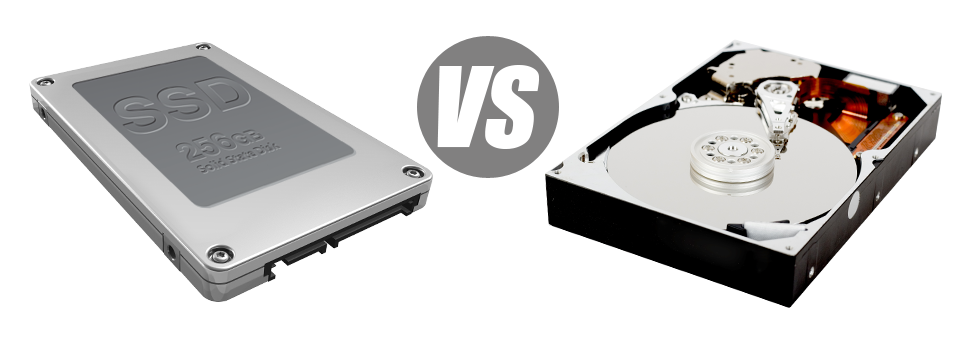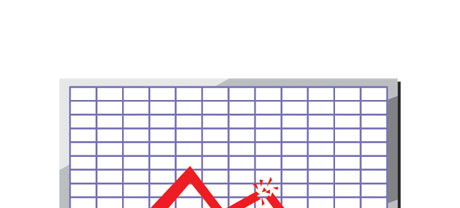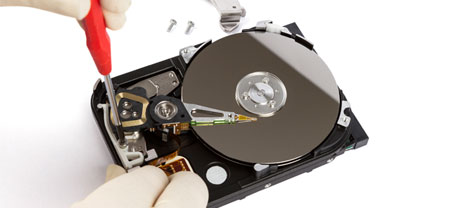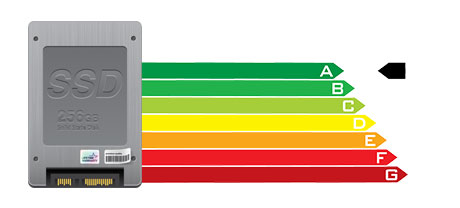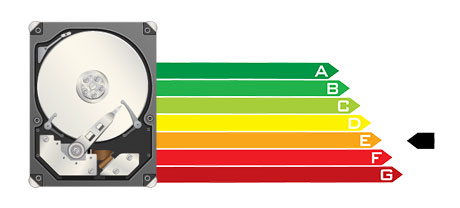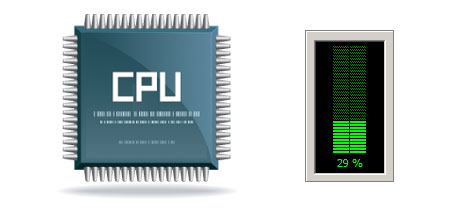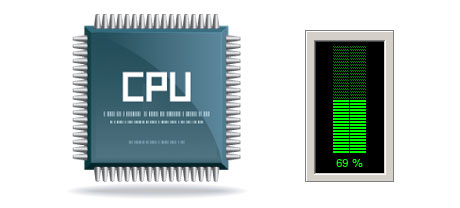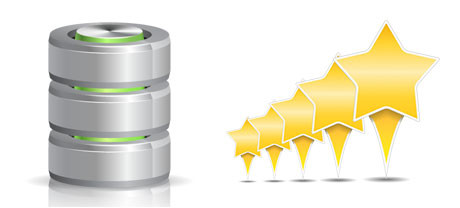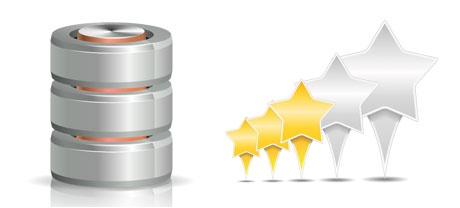For decades there was just one single efficient solution to store info on your computer – with a hard drive (HDD). However, this sort of technology is already expressing its age – hard drives are loud and sluggish; they can be power–hungry and have a tendency to generate lots of warmth for the duration of intense operations.
SSD drives, alternatively, are quick, consume a lot less power and are generally much cooler. They furnish a brand new method to file accessibility and data storage and are years in front of HDDs with regard to file read/write speed, I/O effectiveness and also energy efficacy. Find out how HDDs stand up against the more recent SSD drives.
1. Access Time
A result of a radical new method to disk drive functionality, SSD drives permit for noticeably faster data file access speeds. With an SSD, data accessibility times are much lower (as low as 0.1 millisecond).
The concept behind HDD drives dates all the way back to 1954. Even though it has been drastically processed throughout the years, it’s even now can’t stand up to the revolutionary concept behind SSD drives. Through today’s HDD drives, the best data access speed you can reach can vary somewhere between 5 and 8 milliseconds.
2. Random I/O Performance
Caused by the unique significant data file storage method shared by SSDs, they furnish a lot quicker data access speeds and swifter random I/O performance.
In the course of our tests, all SSDs confirmed their capacity to manage at least 6000 IO’s per second.
Hard drives present slower file access speeds because of the aging file storage and access concept they are by making use of. And in addition they exhibit substantially slower random I/O performance compared to SSD drives.
In the course of DigiHostPro’s lab tests, HDD drives managed on average 400 IO operations per second.
3. Reliability
SSD drives are designed to include as less rotating parts as is feasible. They utilize a comparable concept like the one found in flash drives and are also significantly more dependable when compared with classic HDD drives.
SSDs offer an normal failure rate of 0.5%.
For the HDD drive to work, it must spin a couple of metal disks at a minimum of 7200 rpm, keeping them magnetically stabilized in the air. They have a good deal of moving elements, motors, magnets and other tools stuffed in a small location. Therefore it’s no wonder that the average rate of failure of an HDD drive ranges somewhere between 2% and 5%.
4. Energy Conservation
SSDs don’t have moving parts and require very little cooling down energy. In addition they involve very little energy to operate – tests have demostrated that they can be operated by a normal AA battery.
As a whole, SSDs consume somewhere between 2 and 5 watts.
HDD drives are renowned for staying loud. They need further electrical power for cooling down reasons. With a server that has several HDDs running constantly, you will need a great number of fans to make sure they’re cooler – this will make them a lot less energy–efficient than SSD drives.
HDDs take in between 6 and 15 watts.
5. CPU Power
The faster the data accessibility speed is, the quicker the data file demands are going to be delt with. This means that the CPU do not need to arrange assets waiting for the SSD to answer back.
The common I/O delay for SSD drives is merely 1%.
HDD drives enable slower accessibility speeds compared to SSDs do, resulting for the CPU being required to hang on, although arranging allocations for the HDD to locate and return the demanded data.
The standard I/O wait for HDD drives is around 7%.
6.Input/Output Request Times
Almost all of our brand new web servers moved to solely SSD drives. All of our tests have established that using an SSD, the typical service time for any I/O request while building a backup stays below 20 ms.
Compared to SSD drives, HDDs deliver considerably reduced service rates for input/output demands. In a hosting server backup, the average service time for an I/O request ranges somewhere between 400 and 500 ms.
7. Backup Rates
One more real–life advancement is the rate with which the back up is produced. With SSDs, a hosting server backup currently takes less than 6 hours using DigiHostPro’s web server–optimized software solutions.
On the other hand, on a web server with HDD drives, a similar back–up will take three to four times as long in order to complete. A full backup of any HDD–powered web server often takes 20 to 24 hours.
The shared web hosting accounts offer SSD drives by default. Be part of our DigiHostPro family, and discover how we could help you transform your web site.
Hepsia
- Live Demo
Service guarantees
- Sign up now. There won’t be configuration charges you’ll also find total root and SSH access to your server. 99.9% network availability is warranted.
Compare our prices
- Conveniently compare the resources and capabilities offered by our Virtual Private Servers. Find out exactly which VPS package offers you just what you will want to handle your dynamic online presence easily.
- Compare our hosting plans
Contact Us
- You can make contact with us 24/7/365 by email or by utilizing our super–fast ticketing platform. Our company offers a 1–hour reply–back time frame warranty.

